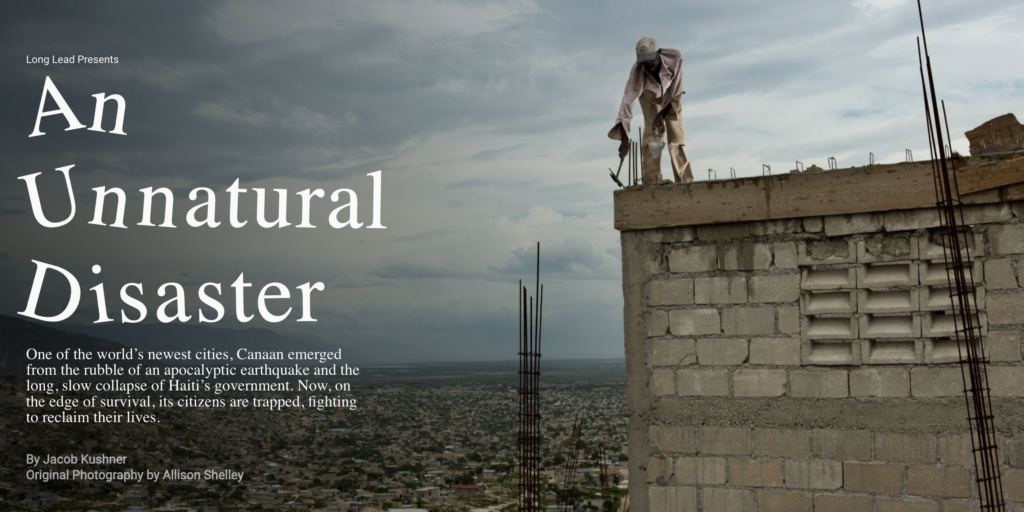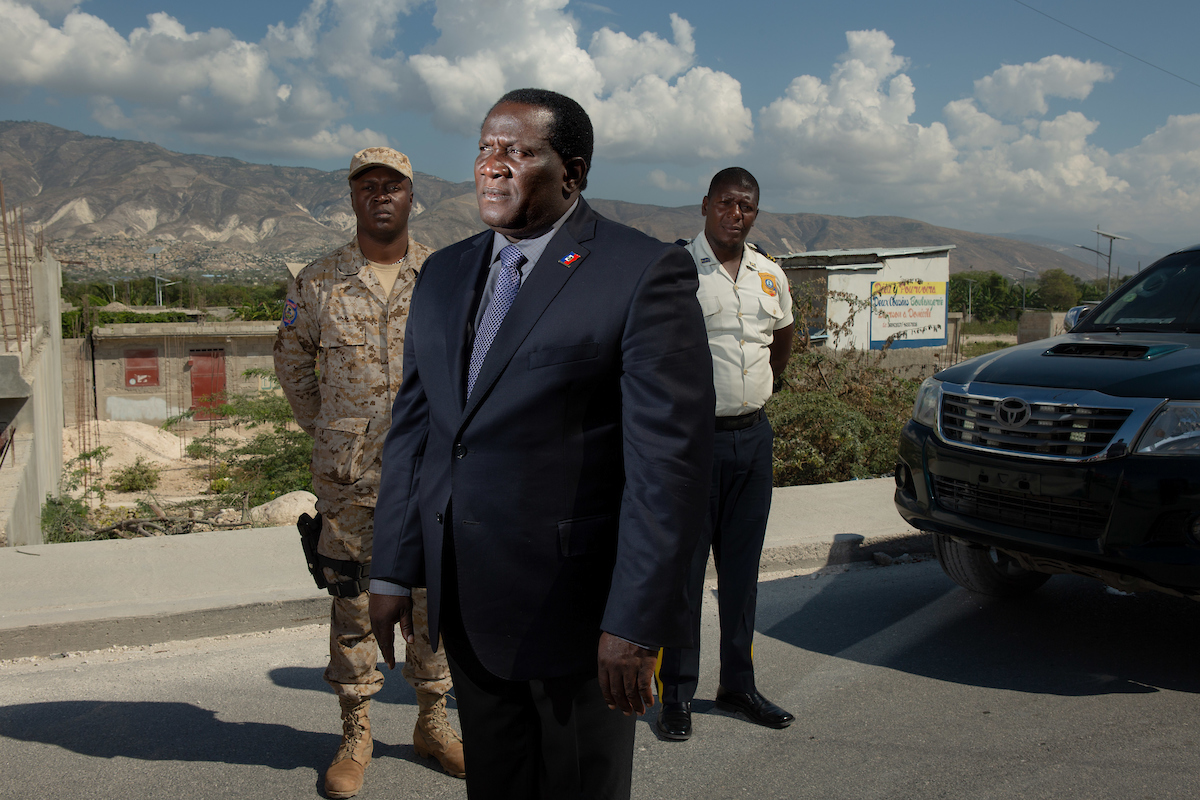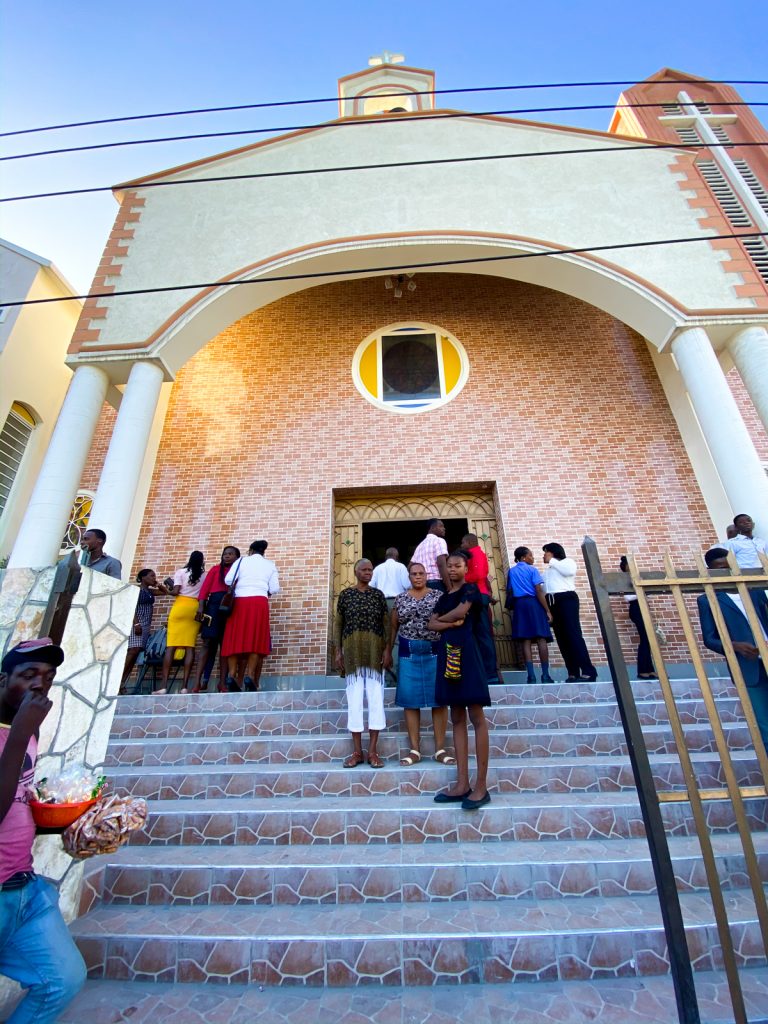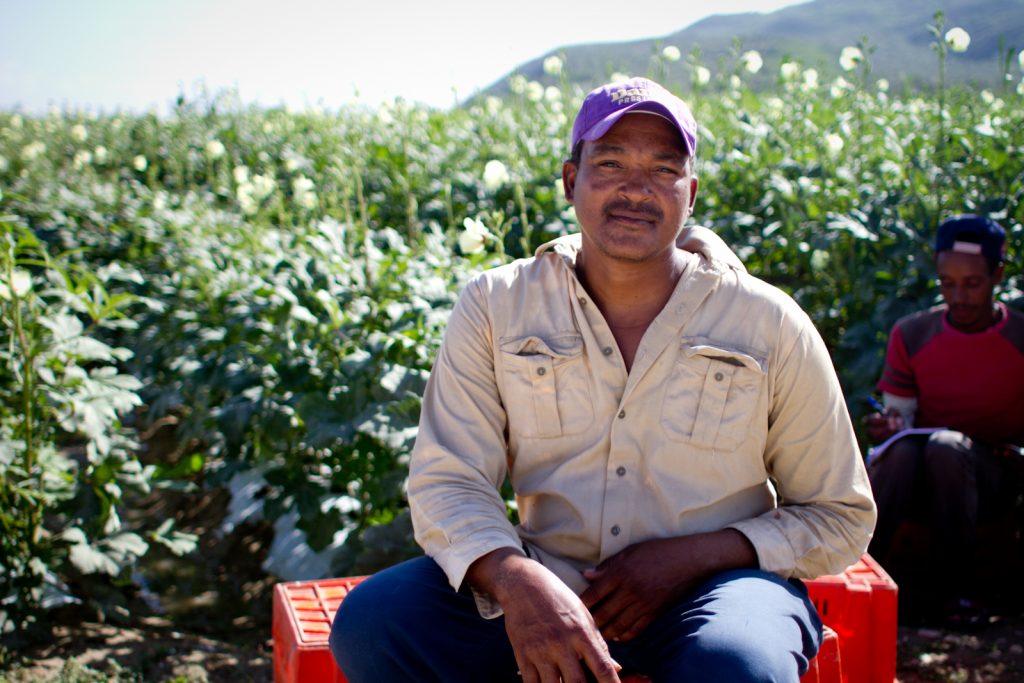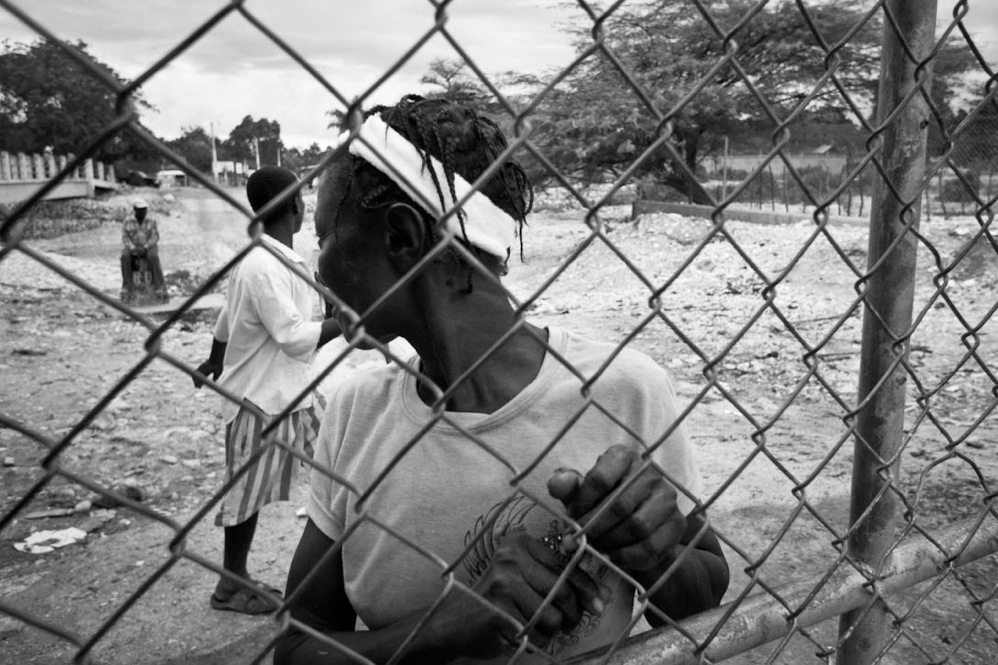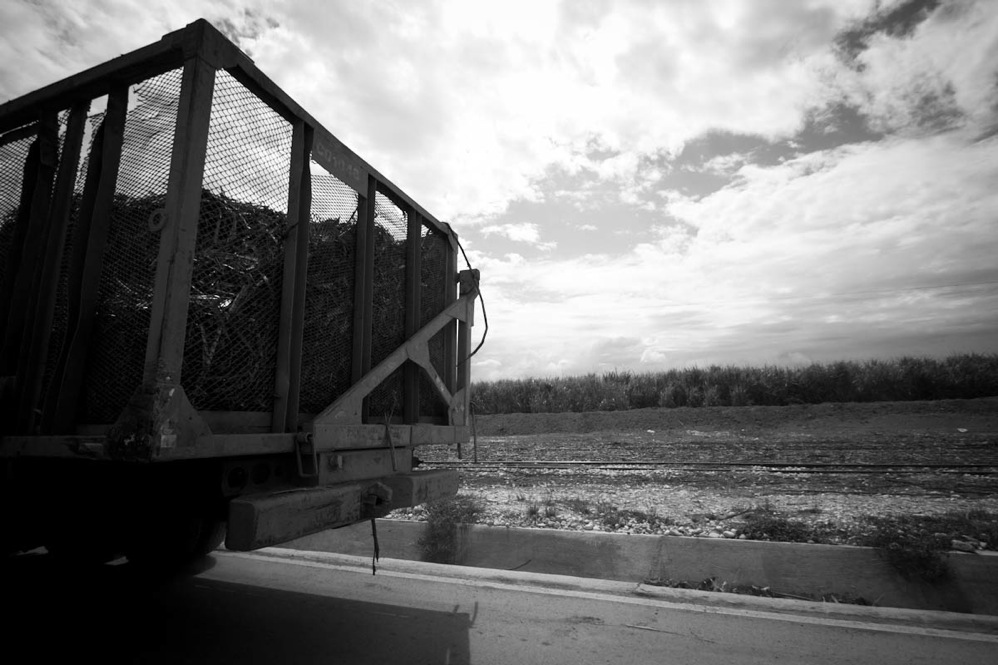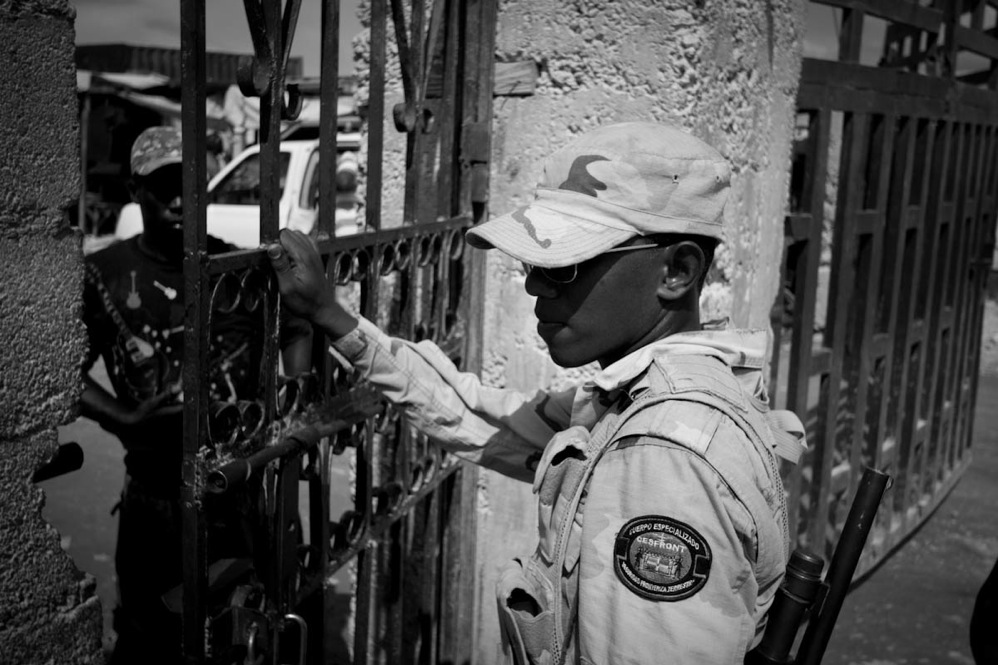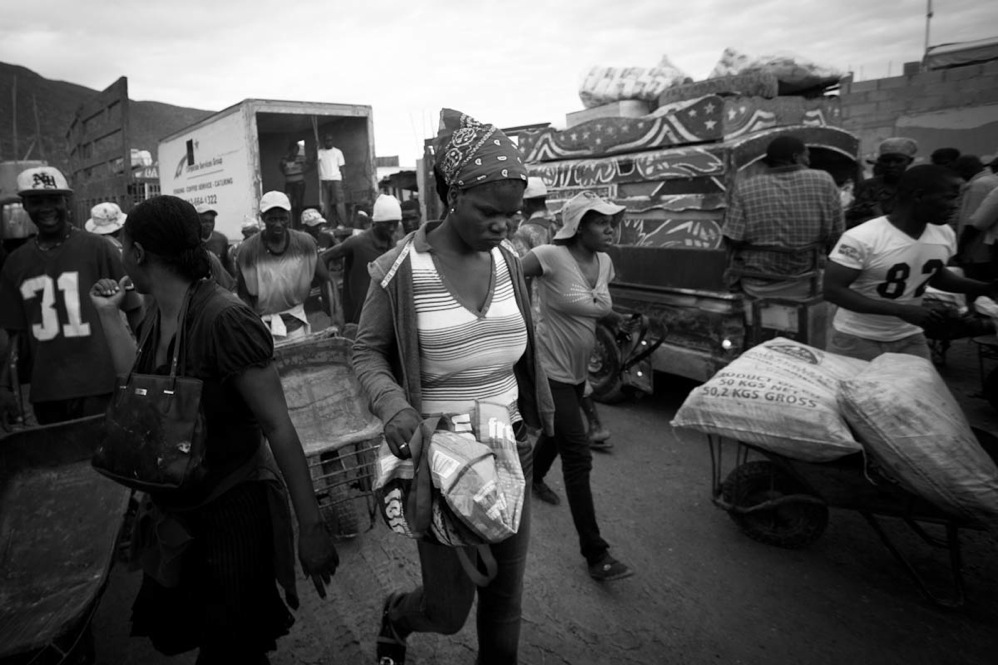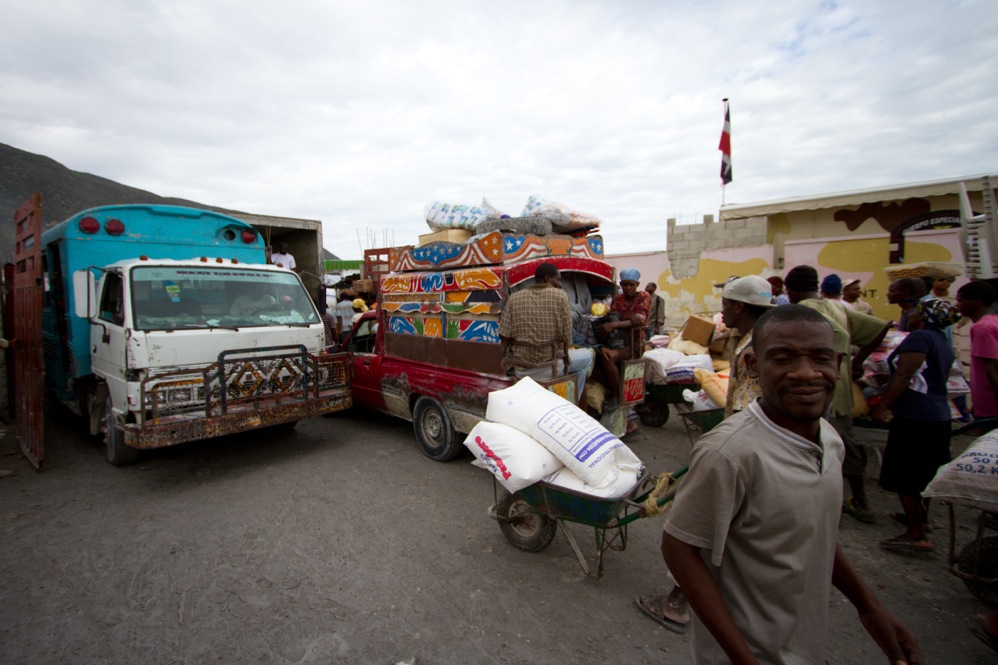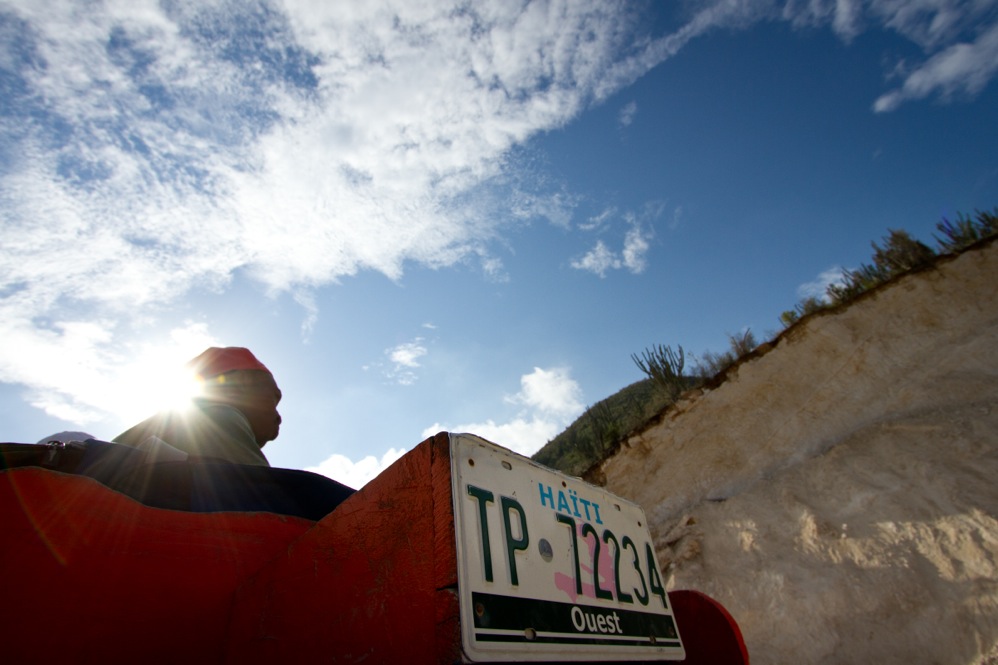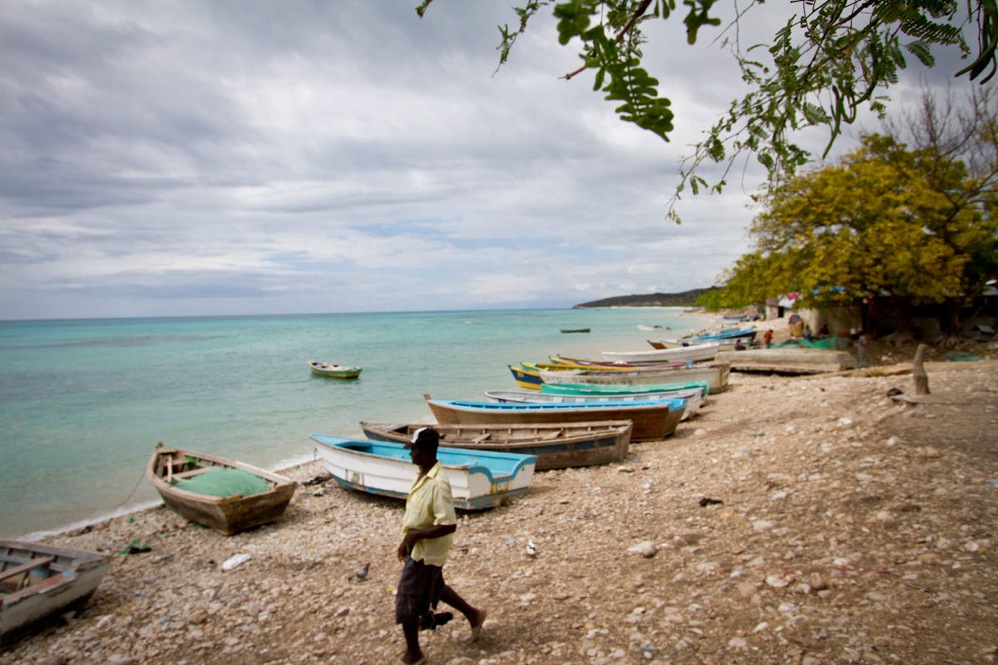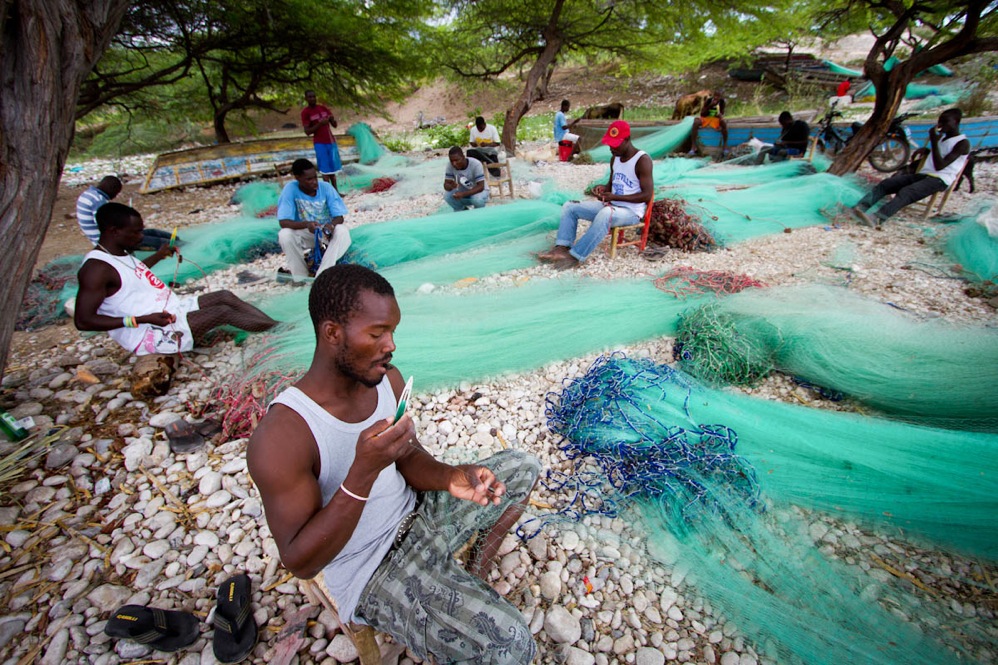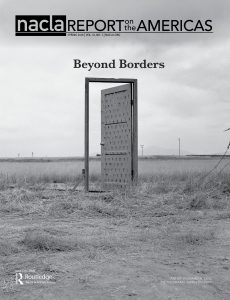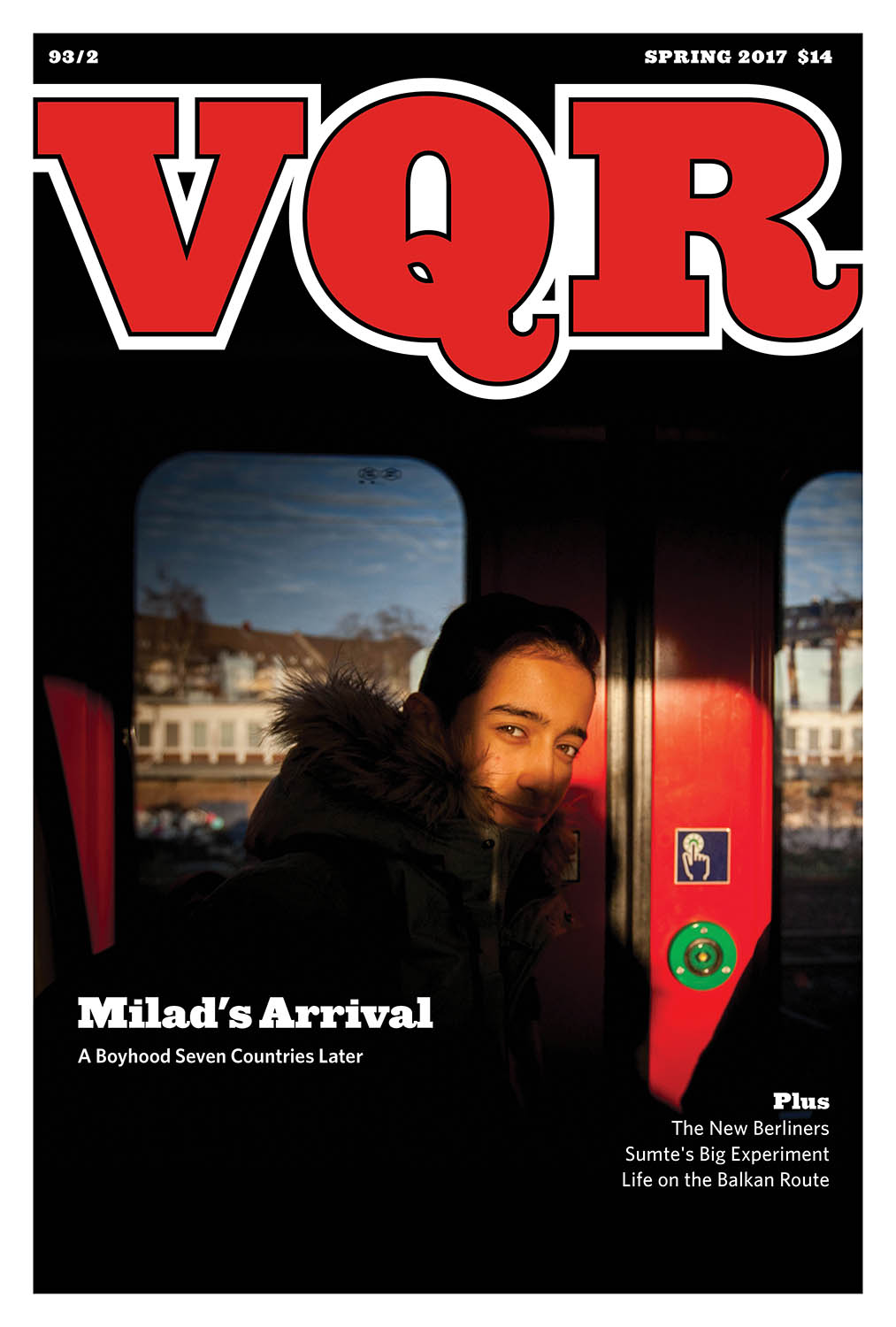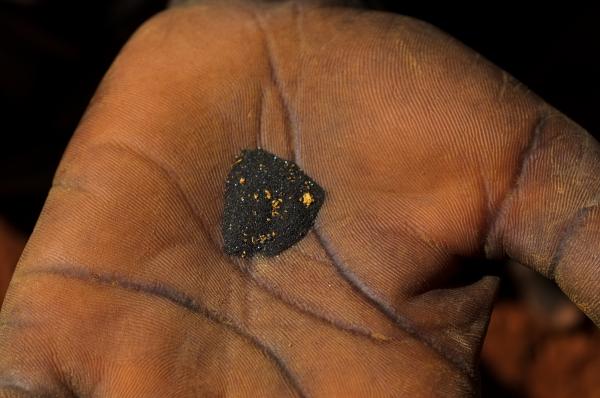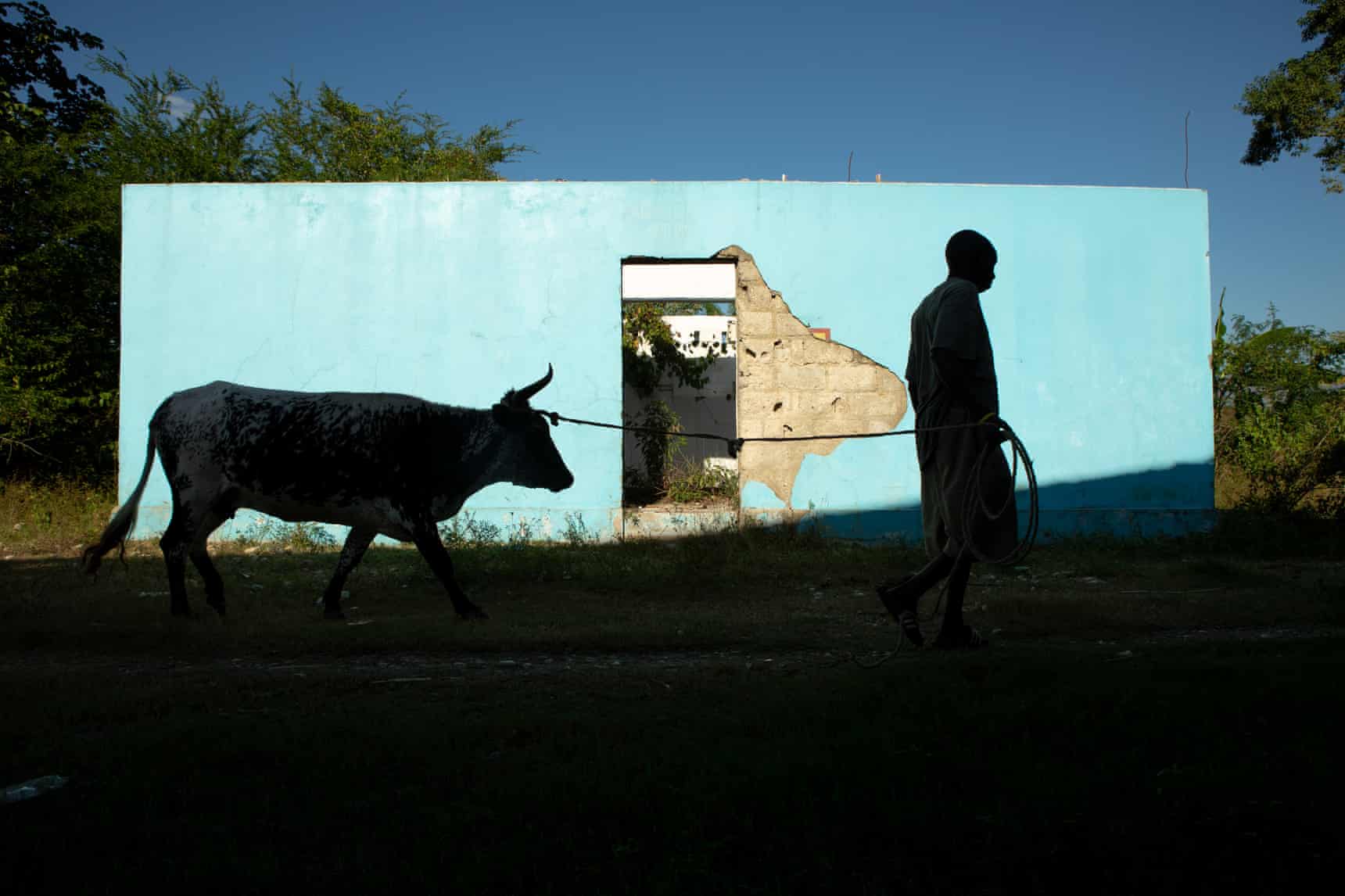Read: The Long Lead
Haiti
The Last Mayor of Haiti
NoemaPolitics, power and one man’s quest to control a ragtag city in Haiti.
Read: Noema
The Pernicious Power of American Promises
The New York TimesThe Relentless Rise of Two Caribbean Lakes
National GeographicIn Haiti and the Dominican Republic, the lakes are flooding farmland, swallowing communities and leading to deforestation, baffling climate scientists.
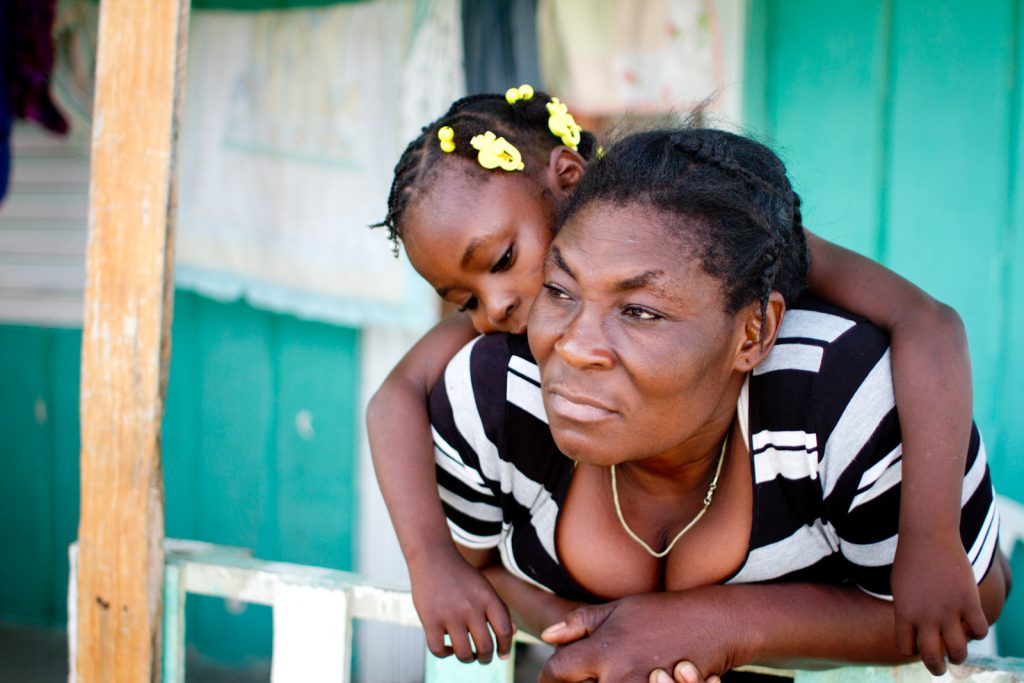
Jacob Kushner
Story and photos by Jacob Kushner for National Geographic
PHOTO: Haitians face persecution across Dominican border
uncategorizedPhotos and Story by Jacob Kushner for NACLA.
PHOTO: U.S. Deportees to Haiti, Jailed Without Cause, Face Severe Health Risks
Florida Center for Investigative ReportingStory and Photography by Jacob Kushner for the Florida Center for Investigative Reporting and Type Investigations.
Who Owns What in Haiti?
The New YorkerUncertainty over land ownership is playing out across Haiti as the country attempts to attract foreign investment in tourism, mining, manufacturing, and agriculture—often without clear knowledge of who, precisely, owns what.
Read: The New Yorker
The Voluntourist’s Dilemma
New York Times Magazine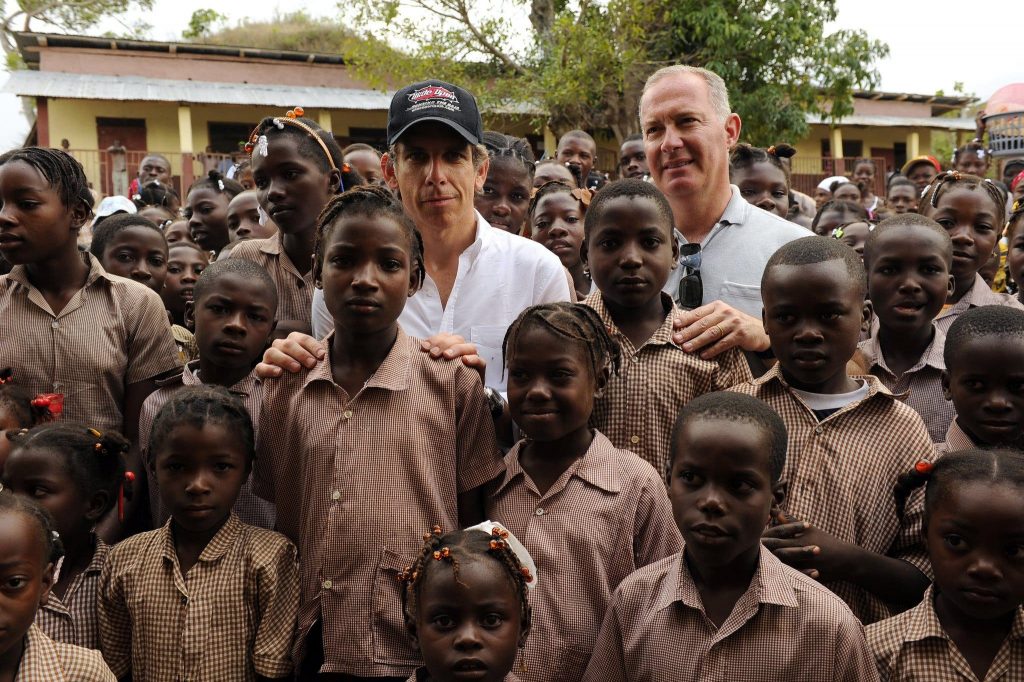
Photo: Ben Stiller visiting Port-au-Prince, Haiti, in April 2010 as part of a school-rebuilding project in which he was involved. Kevork Djansezian/Getty Images
Each year, 1.6 million voluntourists descend upon the Haitis of the world.
Read: The New York Times Magazine
They Call It Canaan
VQR
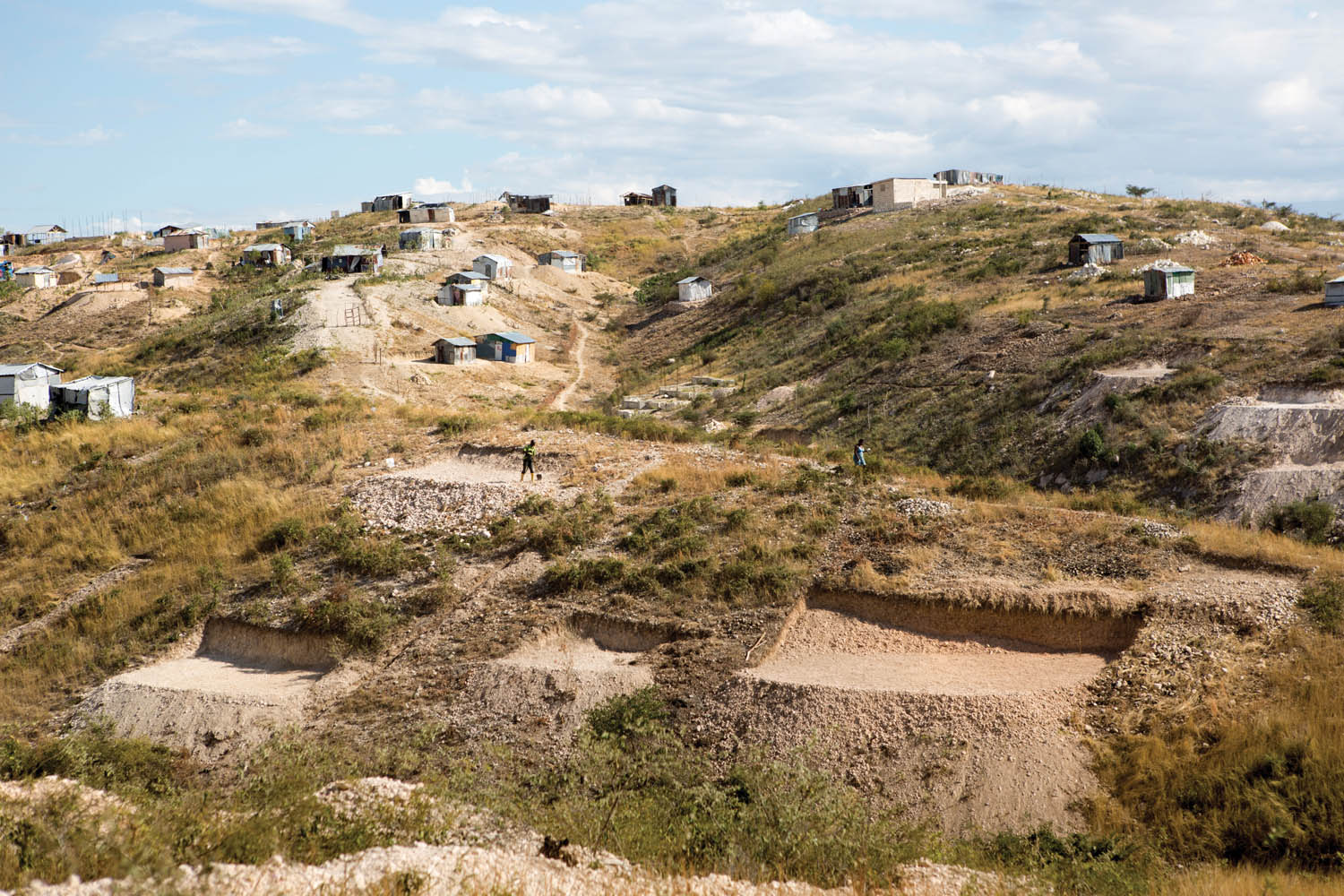
Allison Shelley
In the aftermath of disaster, Haitians ask what makes a city
Port-au-Prince was decimated when a magnitude 7.0 earthquake struck Haiti in January 2010. Within weeks, settlements began to appear on a barren landscape, shacks and tents spreading over dusty plains. They called it Canaan, the biblical promised land where Moses led the Israelites out of slavery–the land of milk and honey. “This Canaan has the same history,” one pastor, who was among the first to move there, told me. “This is our honey.”
But in Canaan, as in any city, people—the rich and the poor, the powerful and weak, the complacent and the desperate—were destined to get in one another’s way.
Read: VQR (Spring 2017)
As featured in Longreads
Haiti’s Gold Rush
GuernicaRiches beckon from beneath Haiti’s hills. Mining companies are hoping to lock in huge tax breaks to get at them.
Read the full story at Guernica
Support from the Pulitzer Center on Crisis Reporting and Haiti Grassroots Watch.
Beside a Vast Graveyard, a New City Rises in Haiti
Pacific StandardHaiti’s earthquake shattered several cities, but it also birthed another. A place with space for the dead is a place with space for the living. And in post-earthquake Haiti, space was in short supply. Called Canaan, after the biblical holy land, a place defined by death has come alive.
Read: Pacific Standard
The End of an Epidemic
The GuardianTen years after UN Peacekeepers introduced cholera to Haiti, against all odds, Haiti’s cholera crisis now appears to be over.
Read: How Haiti Curbed Cholera
Supported by the Pulitzer Center.
Haiti farmers eager to receive compensation after ‘groundbreaking’ land deal
Reuters PLACE
Farmer Remy Augustin, 54, prepares the ground to plant maize on a plot owned by his niece near Caracol, Haiti, December 10, 2019. Handout by Allison Shelley
A decade after an earthquake killed more than 200,000 people, farmers in Haiti are waiting to receive compensation for their land used to build an industrial park. Located in Haiti’s northern region, the $300 million Caracol Industrial Park opened in 2012 and now employs approximately 15,000 people, most of whom work in clothing factories there.
In 2018, farmers who had been evicted from their land in 2011 struck a rare deal with the IDB to provide Caracol’s 100 most vulnerable families with new, titled land.
Read the full story at the Thompson Reuters Foundation (PLACE). Reporting supported by The Pulitzer Center for Crisis Reporting.
Citizenship shift leaves Dominican-Haitians stateless (PBS Newshour)
PBS NewshourThe Dominican government made headlines when it ended birthright citizenship for children born in the D.R. To undocumented parents.
Watch the segment I field-produced, or read the full transcript, at PBS Newshour.
Haiti and the failed promise of US aid
The Guardian
Jacob Kushner
A decade after Haiti’s 2010 earthquake, nothing symbolises America’s failure to help the nation “build back better” than a new port that was promised, but never built.
After sinking tens of millions of U.S. taxpayer dollars into an ill-advised plan to build a new seaport, the US quietly abandoned the project last year. It is the latest in a long line of supposed solutions to Haiti’s woes that have done little – or worse – to serve the country’s interests.
Read: The Guardian’s The Long Read

Supported by the Pulitzer Center.
